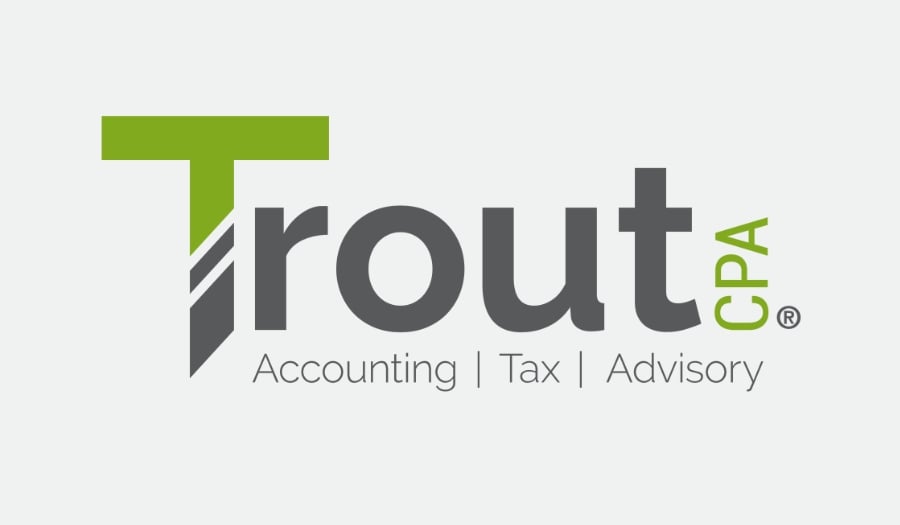Written by Travis Oot, CPA, and Chez O'Neal
What Is the FICA Tip Credit?
The FICA Tip Credit, also known as the Tip Credit under Internal Revenue Code Section 45B, is a valuable tax incentive available to restaurants and other businesses that employ tipped workers. It allows eligible employers to claim a federal income tax credit for a portion of the Social Security and Medicare (FICA) taxes they pay on tips that employees receive directly from customers.
This tax credit was created to help offset the employer's FICA tax burden on tip income that they are required to report, even though that income is not paid directly by the business.
Who Qualifies for the FICA Tip Credit?
The FICA Tip Credit applies to businesses in the food and beverage industry where tipping is customary. To qualify:
-
The employer must operate a business where tipping is part of the standard compensation structure.
-
Employees must receive tips as part of their regular wages.
-
Employees must report tips to the employer as required by the IRS.
This credit applies to tips exceeding $5.15 per hour (the federal minimum wage on January 1, 2007, before increases under the Fair Labor Standards Act). If an employee earns more than this in tips, the employer can claim a credit on the FICA taxes paid on the excess.
An Example of How the Credit Works
.png?width=300&height=255&name=Snapshot%20of%20Sample%20Scenario%20(1).png) Let’s say a server earns $20 per hour in tips and is paid $2.83 per hour by the employer (in states where this wage is permitted). The employer must still pay FICA taxes on the full $20 of tips, even though they are not the source of the tip income.
Let’s say a server earns $20 per hour in tips and is paid $2.83 per hour by the employer (in states where this wage is permitted). The employer must still pay FICA taxes on the full $20 of tips, even though they are not the source of the tip income.
Under the FICA Tip Credit, employers can claim a tax credit equal to the employer’s share (6.2% for Social Security and 1.45% for Medicare) of FICA taxes paid on tips that exceed the $5.15 hourly threshold.
Imagine a restaurant server who works 100 hours in a month and earns $2.83 per hour in direct wages from the employer. Over the course of the month, the server reports $2,200 in tips. The minimum wage threshold for 100 hours is $515 (100 × $5.15). Subtracting this from the total reported tips leaves $1,685 in excess tip income. The employer’s share of FICA taxes on this excess is calculated at 7.65%, resulting in a credit of approximately $128.99 for that employee, which may be claimed as a dollar-for-dollar tax credit. When multiplied across an entire staff and applied monthly, these savings can add up to thousands of dollars annually.
Businesses claim the FICA Tip Credit by filing IRS Form 8846, which is typically submitted with the company’s income tax return—Form 1120 for corporations, Form 1120S for S Corporations, or Form 1065 for partnerships. The form requires documentation of total tip income subject to FICA, the portion above the $5.15 minimum wage threshold, and the calculated credit amount. Businesses must maintain accurate payroll records and retain supporting documentation such as tip reports, timecards, and payroll summaries. Incomplete or inaccurate reporting can result in disqualification from the credit or trigger an IRS audit.
Key Benefits for Restaurants
There are several reasons why restaurants should take full advantage of this credit. First and foremost, it represents a dollar-for-dollar reduction in federal income tax liability. Unlike deductions, which merely reduce taxable income, tax credits directly reduce the amount of tax owed. This has a meaningful impact on a restaurant’s financial performance, especially in a high-turnover industry with tight margins. Additionally, by encouraging proper tip reporting and documentation, the FICA Tip Credit helps promote compliance with IRS regulations, reducing the risk of wage disputes or tax penalties down the road.
Best Practices to Maximize the FICA Tip Credit
-
Implement a Strong Tip Reporting System: Ensure employees regularly report all tips, including cash, credit card, and pooled tips.
-
Maintain Accurate Payroll Records: Use integrated point-of-sale (POS) and payroll software to track tip income and hours worked.
-
Educate Employees: Make sure your team understands the importance of honest and timely tip reporting.
-
Work with a Tax Professional: Navigating the complexities of IRS compliance and the FICA Tip Credit can be challenging. Partnering with a CPA who understands the hospitality industry is key.
Common Mistakes to Avoid
-
Failing to Claim the Credit: Many eligible restaurants overlook this opportunity.
-
Incorrect Tip Allocation: Misclassifying service charges as tips or failing to distinguish between cash and credit card tips can disqualify portions of the credit.
-
Noncompliance with IRS Tip Reporting Rules: Poor documentation or failure to report tips properly can trigger penalties and disqualify the credit.
How Trout CPA Can Help
At Trout CPA, we work with restaurants of all sizes to help them navigate tax-saving strategies like the FICA Tip Credit. Our Hospitality and Restaurant Industry Group understands the unique challenges restaurant owners face and can guide you through maximizing tax incentives, staying compliant, and improving your bottom line.
Let us help you determine if your business qualifies and ensure you're capturing every eligible credit.
Final 2025 Tax Legislation (OBBBA) Update as of July 14, 2025:
As part of the 2025 tax reform legislation, two temporary deductions may provide additional relief for workers in tip-dependent and overtime-heavy industries.
First, a new deduction under Internal Revenue Code (IRC) §225 allows individuals to deduct up to $25,000 annually in qualified cash tips, provided the tips are properly reported, voluntarily received, and earned in occupations where tipping was customary before 2025. This deduction phases out for higher-income earners and is available even to non-itemizers.
Second, IRC §226 introduces a deduction of up to $12,500 ($25,000 for joint filers) for qualified overtime compensation required under the Fair Labor Standards Act. These deductions apply to taxable years beginning after December 31, 2024, and are set to expire after 2028.
Businesses should be aware of new reporting requirements and anticipate IRS guidance on compliance and withholding adjustments.




